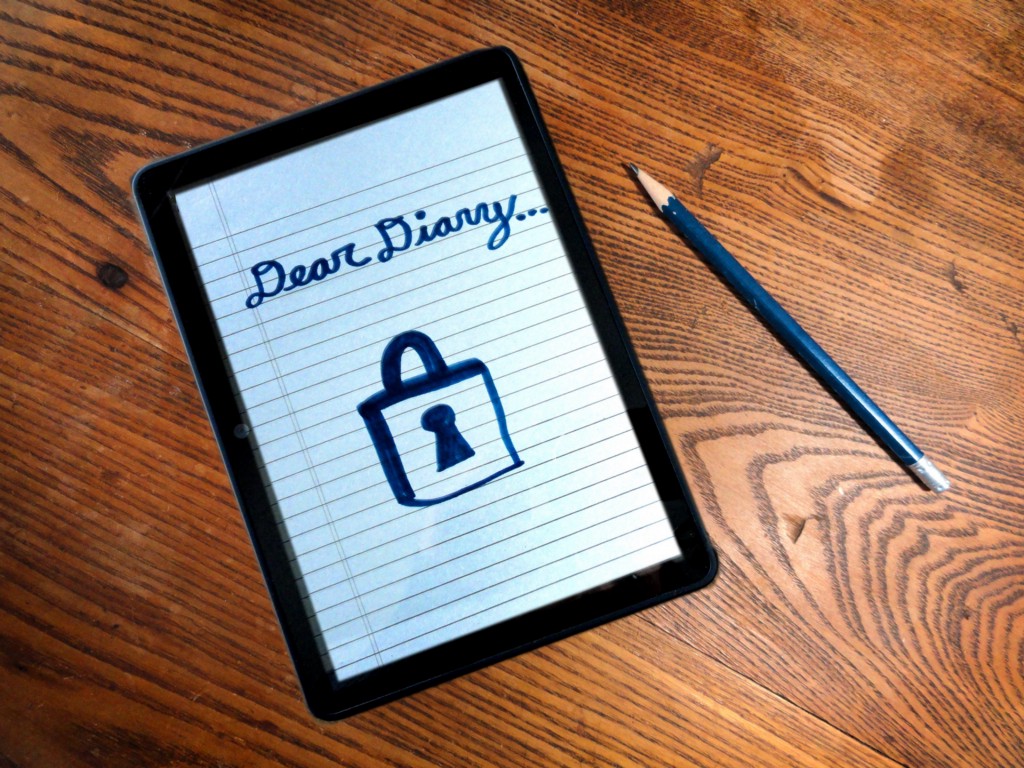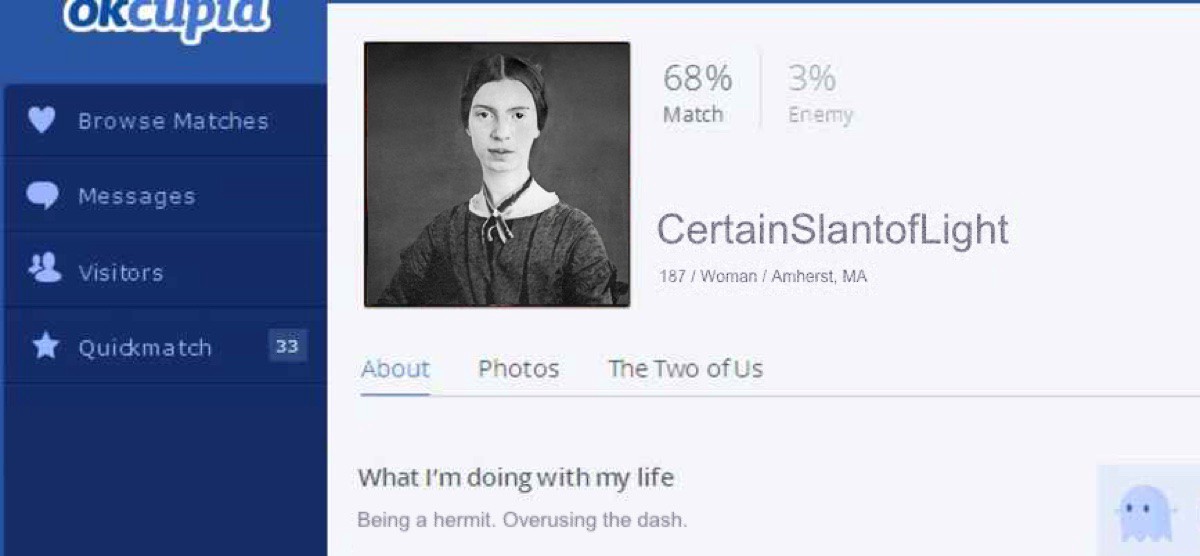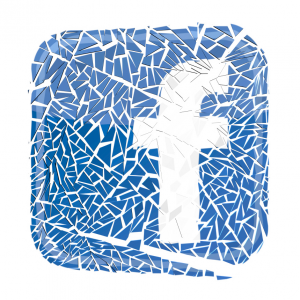Books & Culture
Bridget Jones in the Age of Twitter
Modern-day diary novels are more about what’s left unsaid

Perhaps no literary character embodied 1990s women’s literature more than Bridget Jones, a London singleton who chronicled her comical and honest experiences with dating, her career, and an aging family in her diary. Initially serialized in the London Daily Telegraph, Helen Fielding’s Bridget Jones series was expanded into a full-length 1996 epistolary novel that gathered Bridget’s diary entries over the course of roughly a year. Bridget’s diary was an unfiltered stream of consciousness, the messy reflections of the original hot mess. Part of her appeal was the raw confessions that recorded her every flaw and mistake, making her both hilarious and deeply relatable, not unlike the friend or celebrity you secretly enjoy watching overshare on social media.
Stumbling upon Bridget Jones’s Diary and its sequel, Bridget Jones: The Edge of Reason, as a teen was a formative experience for me. At that time, I was ready to transition from the epistolary children’s literature I loved―in particular the Dear America and Amelia’s Notebooks series―to a version closer to what I imagined my life would be like as an adult. Having endured a Harriet the Spy-esque scare when my notebook was left behind in my 7th grade math class, I was much more on guard about what I would write in a journal of my own. The hard lesson was that even under lock and key our most secret diaries have audiences.

Helen Fielding announced there would be a third novel in the Bridget Jones series to be published in 2013, Bridget Jones: Mad About the Boy. The new novel would center on the not-so-happily-ever-after after (spoiler alert) Bridget’s longtime love interest and eventual husband Mark Darcy died tragically young, leaving Bridget a wealthy widow and single mother to two young children. The question would be how — if — Fielding would expand beyond the diary format to include some of the contemporary communication that was mostly nonexistent during the peak of Bridget Jones’s fame. Mid-90s and Y2K Bridget had instant message and email to record her misadventures, but failing in the public eye of social media was not available to her. Part of her diary’s charm was its near-claustrophobic intimacy. When Darcy does find her diary at the end of the first film adaptation and reads some of the scathing things she had written about him, Bridget, flustered and apologetic, says, “Everyone knows diaries are just full of crap.” Sure, Bridget is free to record that crap ad nauseam in her private journal, but how would that play out on social media?
Bridget, now casting around desperately in search of a purpose after Darcy’s tragic death, struggles to fit into the wider world. Trying to find relevance and now well into middle age, Bridget awkwardly attempts to negotiate the world of Twitter. There’s a substantial subplot devoted to Bridget’s “toy boy” social media-hip younger lover, and Bridget obsessively records her Twitter stats, becoming acutely conscious of any gains or losses in followers. For myself and fellow fans, the third novel was a flop, but what went wrong? This should be the perfect era for Bridget. Some of her favorite things to write about — her calories, daily food intake, and exercise stats — could easily be translated into in any number of mobile apps while her fragmentary entries could now be dashed off in Evernote. I could even imagine one of her drunken confessions could dictated off to ever-understanding Alexa in a nearby Amazon Echo. Yet social media seemed to do the queen of confession in, laying bare the worst in her vapid tendencies.
This should be the perfect era for Bridget. Yet social media seemed to do the queen of confession in, laying bare the worst in her vapid tendencies.
Surely contemporary epistolary fiction could be done, and done well. Meg Cabot’s novels, such as Boy Meets Girl, and Cecilia Ahern’s Love, Rosie, were known for witty encapsulations that comprised emails, social media posts, texts, and other creative ways to incorporate the bevy of options authors now have to choose from to craft an epistolary narrative. Or, as Gary Shteyngart proved with Super Sad True Love Story, set in a dystopian future and told in diary form, the journal could definitely still serve as a primary and more-than-adequate record even in a world saturated with media. If the epistolary is not the most relevant form of our time, I thought, maybe I can finally take a stab at writing one of my own. As I’d learn by writing my own epistolary novel, while communication has fundamentally changed since the advent of the genre, the fundamental challenge — and opportunity — for epistolary fiction to capture the tension between recording with verisimilitude or with a filter remains strikingly relevant.

Epistolary novels told through diaries or journals illustrate our personal reconstruction of our daily events. In journals, whether conscious of this or not, we often frame our activities and feelings in a way that fits an overarching narrative. It’s no coincidence that the time I started keeping a journal at 15 was when I started getting serious about being a writer, and sorting through my day’s events and reflecting on them — selectively — were some of my earliest attempts at imposing a narrative on my pretty mundane life.
In my earliest journals, post-Harriet the Spy experience, I reflexively fall back on language about how “nobody would ever read these so I can be as honest as I want.” Though I privately hoped that my journal would be read one day, if I ever made it as a person of note. I found an interesting angle to take in my freshman year of college when I read the unabridged journals of Sylvia Plath and Virginia Woolf to try to understand my new diagnosis of bipolar disorder through the lens of other bipolar writers. The idea that a journal might also double as the chronicle of art and the manic depressive temperament fascinated me. I latched onto this and tried to frame my daily events through that lens. My approach launched a pattern of filtering my day’s experiences, emotions, and thoughts into what I hoped would be the larger story of my life as a writer and manic depressive.
What I included in my journals was no less than the carefully selected daily life of a serious writer. Most of my sloppy writing, including late night texts, those tone-deaf earliest Facebook posts that keep haunting my Memories list, and the ever-awkward online dating messages, were deliberately left out.
Researchers Have Found Two New Pages in Anne Frank's Diary. Should We Read Them?
For my most intimate audience — myself — I was cultivating a version of my life I wanted to remember, cherry-picking the events of the day I wanted to forget, writing them out of my narrative. It was here I found a solution to my problem. Up to that point, to tell the story of my characters in my novel with the utmost veracity, I felt I had to include everything, the good and the bad, the things we wished we could take back, the things we write that wouldn’t make it into a diary entry, never mind the sheer magnitude of data. Our personal records multiply with every text conversation, every email, every social media status; even every heart or reaction we make on a post could be considered another account in an ongoing archive. Yet the cost of that inclusion would be to risk showing that even the serious and sophisticated characters I’d envisioned would not bend to a plot.
Unless, I flipped my approach and constructed the story out of everything that isn’t said on the bloated, unfiltered record, just as I had done in my journal.
Unless the signal was not in the noise at all, but outside it.
Unless the real story was happening off screen entirely.

When I finally sat down to write an epistolary novel I didn’t anticipate it would be both easier and harder than I could ever imagine. The Magicals started out about a group of college friends in their mid-twenties in mid-2010s Philadelphia. Initially, I was pleased at how the page count seemed to reproduce on its own. The sheer amount of data to record — email subject lines, time stamps, usernames — rapidly generated pages and bolstered my word count. Seventy pages in, I was feeling falsely confident at how well it was going. Secretly, though, I could tell the novel read hollow. The characters, all smart and bright people, sounded self-absorbed and shallow, beta readers and fellow workshoppers agreed. I wasn’t satisfied because I was searching for a story and all I was writing was data. What I struggled with the most was constructing a traditional novel narrative out of the vast amount of output we generate daily, what I consider to be the “digital detritus.”
Secretly, I could tell the novel read hollow. I was searching for a story and all I was writing was data.
To wrestle out a plot, I started to deconstruct some of the cues I’d gotten from friends about my social media image over the years. When a relative messaged me on Facebook almost a decade ago to tell me that I should only post upbeat things because people didn’t want to hear about depression, I was offended but unable to get his words out of my head. My struggle with mental illness went by and large underground, which is why when we met up in-person friends were surprised at how much I was struggling. I came away from those conversations wondering how someone so close to me could have such a misunderstanding. That is, until I scrolled through my profile and saw picture after picture of positive thoughts, smiles, cats, positive affirmations, and happy times. What I wasn’t projecting to the world was how crippling my depressive episode had gotten. I had neatly erased that from my public image, either misrepresenting myself or cultivating a version of myself I wanted to star in a novel. I wrote my own narrative, but the bigger story was not being pixelated.

Recently I found myself introduced to more writers than I’d ever met before at my first MFA residency. During and after the residency we started to connect on social media. My grappling with revising the plot had brought a new awareness of the story I was creating online, the one I’d be writing for a new audience. This was also a chance to start new, for a reinvention now that I was at last on a path to the future I’d dared to pursue. For the new characters in my life, what kind of heroine would I be? Could I commit to authoring a narrative with complete verisimilitude, the uncensored, true version of myself, depression and acne breakouts and failures and all — or was this next chapter of the Sarah Chronicles just as carefully written as the reality I’d so often buried to create the person I wanted to be?
With the Bridget Jones series possibly complete, I look back to the woman who I’d idolized for nearly decades. Bridget’s commitment to total transparency, written in compulsively readable installments, proves that messy honesty generates a natural plot of its own. The very proper Mark Darcy’s iconic confession that, “I like you very much. Just as you are,” is significant because it speaks to his affection for her despite Bridget’s unfiltered life, the one her audience of voyeuristic readers consume, the one she cannot revise years later on Twitter.
Reading My Childhood Diary to My Kids Made Me Realize How Hard it Is to Be Honest
I applaud Bridget’s sloppy confessions and strident refusal to change even in her latest installments, which challenge the authenticity we applaud in fiction and on social media. When writing modern epistolary novels, we confront the truths and fiction we create each day in our ongoing story.
In my revisions I trashed most of my ideas in order to rethink the epistolary novel. The friends, now aged up to their thirties in the new draft, reunited after several years back together again in the same city. The people they were seeing live would not be the same people they had followed through their twenties online. Omissions were more significant than the crafted life we cultivate online. The story was about the inevitable collision between expectation and disappointment, image and reality, fiction and truth when our relationships move offline and in the same room. The story was the fallout from the epistolary novel we are continually writing every day as the authors of our own digital narrative. What mattered more was unsaid.









